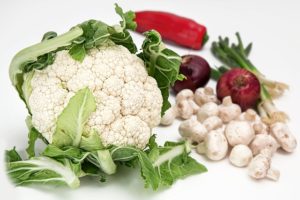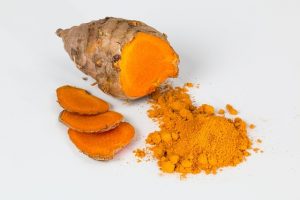What Are Antioxidants and What Do They Do?
Antioxidants are molecules that stop or limit oxidation damage caused by oxygen to the molecules.
This oxidation process will produce free radicals, which can damage cells and tissues and accelerate aging. Oxidative damage is implicated in many of the chronic illnesses we see today.

At any one time, millions of chemical reactions occur within your body. Each process, whether an enzyme reaction or a reaction within the mitochondria (energy-producing parts of the cells), will produce free radicals. However, if we have enough antioxidants, the damage to surrounding tissues will be minimal.
Humans derive the majority of their antioxidants from food.
With the extra stresses upon us from toxicity, electromagnetic pollution, chemicals, and even excess exercise, etc., the requirement for them has increased. Therefore the more foods rich in Antioxidants we can eat makes a massive difference.It our overall health anditging.
It is often helpful to supplement with a good quality antioxidant to help bridge the gap between our body requirements and what we can get from our diet.
Foods Rich in Antioxidants
The antioxidant level of food can be measured by a test that determines its “oxygen radical absorbance capacity” or the ORAC scale.
Foods that score highly on the ORAC scale have higher levels of antioxidants than those with a low score for ORAC units a day. You need around 5000 to 6000 units to give you the great health benefits and help protect against accelerated aging.
What Amount of Antioxidants Do Foods Contain?
The following is a chart showing the ORAC scale of a range of fruits and vegetables.
To give you an idea of different values of food, so you can make the best choices for yourselves and your families
Antioxidant Levels in Foods
Per 100grams ORAC units Per item/serving ORAC
Blueberries 2234 ½ cup 1620
Prunes 5770 1 pitted prune 462
Kale 1770 ½ cup cooked 1150
Strawberries 1536 ½ cup 1144
Spinach (raw) 1210 1 cup 678
Spinach (steamed) 909 ½ cup cooked 1089
Plums 949 1 plum 626
Alfalfa sprouts 931 1 cup 307
Broccoli 888 ½ cup cooked 817
Sweet Potatoes 301 ½ cup cooked 301
Onion 449 ½ cup chopped 360
Corn 402 ½ cup cooked 330
Red Pepper 731 1 medium pepper 540
Peas frozen 364 ½ cup cooked 291
Potatoes 313 ½ cup cooked 301
Cabbage 298 ½ cup raw 105
String Beans 201 ½ cup cooked 125
Apple 218 medium 300
Carrots 207 ½ cup raw 115 cooked 160
Tomato 189 1 medium 233
Orange 750 1 orange 982
Celery 61 ½ cup diced 60
Super Antioxidants
You can’t talk about super antioxidants without mentioning one truly amazing nutrient with such profound health benefits as Tumeric. It really is a superfood.
Tumeric


Turmeric (Curcuma longa) Is a member of the ginger family and is grown mainly in India, China, and Asia. Turmeric has been used extensively in cooking for both its amazing yellow color and also its flavor. It is Turmeric which gives curry its color.
Turmeric has been used as a medicine in traditional Chinese Medicine and Ayurvedic Medicine for thousands of years. Turmeric has been used extensively, traditionally, to treat inflammation, Colic, pain, and menstrual difficulties. It has also been used as a poultice for pain and inflammation.
Currently, there is a lot of research going on with Turmeric in areas such as cancer prevention, anti-inflammatory activity, antioxidant qualities, and even protective effects on the cardiovascular system, liver, and digestion.
It has been found to have a protective effect on the Liver, similar to the herb Milk Thistle, which is traditionally used to support the Liver.
Turmeric has been shown to protect the liver from the toxic effect of substances such as paracetamol. It may have a positive influence on conditions such as fatty liver and gallstones.
The profound anti-inflammatory benefits are comparable to many medications but without side effects.
Its role in cancer prevention and treatment is fascinating. Turmeric appears to affect tumor growth and migration and has a regulating effect on gene expression.
Turmeric also has strong antimicrobial activity against a variety of bacteria, fungi, and parasites.
Many studies have also shown the ability of this herb to influence cholesterol. The benefits include decreasing LDL cholesterol (the damaging cholesterol) and triglycerides (the circulating fat in the bloodstream) and inhibiting platelet clumping.
This amazing Antioxidant also has huge benefits for the Gastrointestinal Tract, including reducing spasms, increasing enzyme activity, and inhibiting the formation of gastric ulcers.
